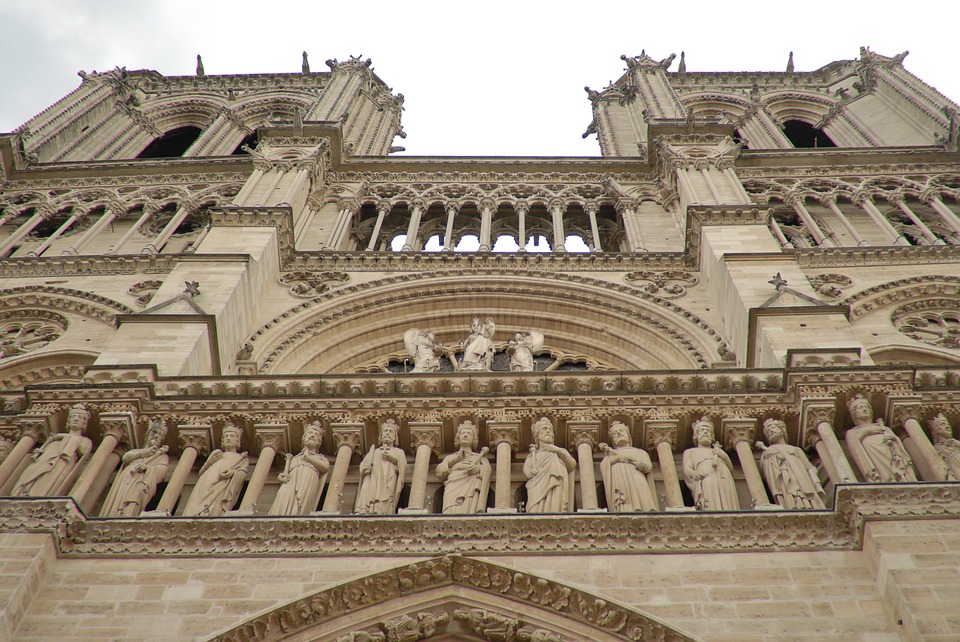By Joshua Heavin
Upon initially hearing there was a fire at Cathédrale Notre-Dame, I assumed that perhaps some light smoke damage would be incurred; such a titanic vessel must be unsinkable, and our sophisticated modern technology will undoubtedly prevent any serious damage.
The prospect did not even occur to me that a sanctuary almost a thousand years old would nearly burn down on a Monday afternoon. However, many of us watched helplessly, and in horror, as one of the world’s most famous and historic churches was engulfed in flames and its roof collapsed. Although the main structure and bell towers appear to have survived, few of us woke up prepared to tearfully endure the day we came very close to losing Notre Dame cathedral.
Login to read more
Sign in or create a free account to access Subscriber-only content.
